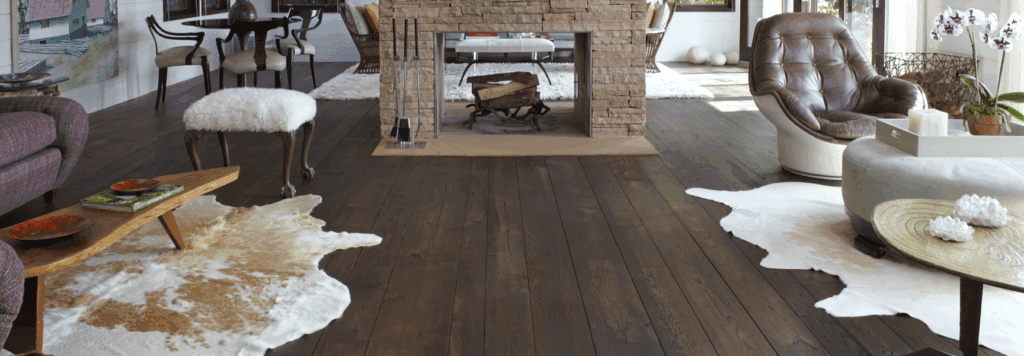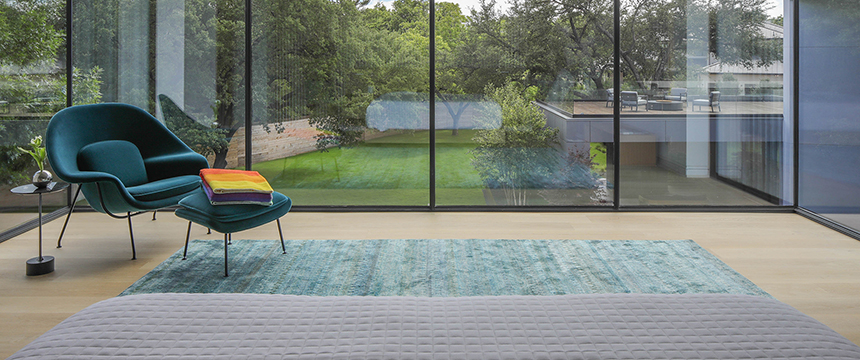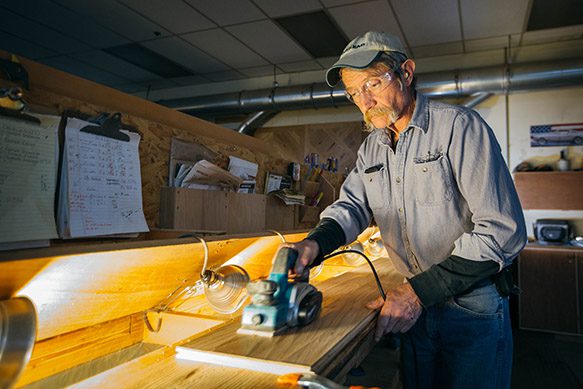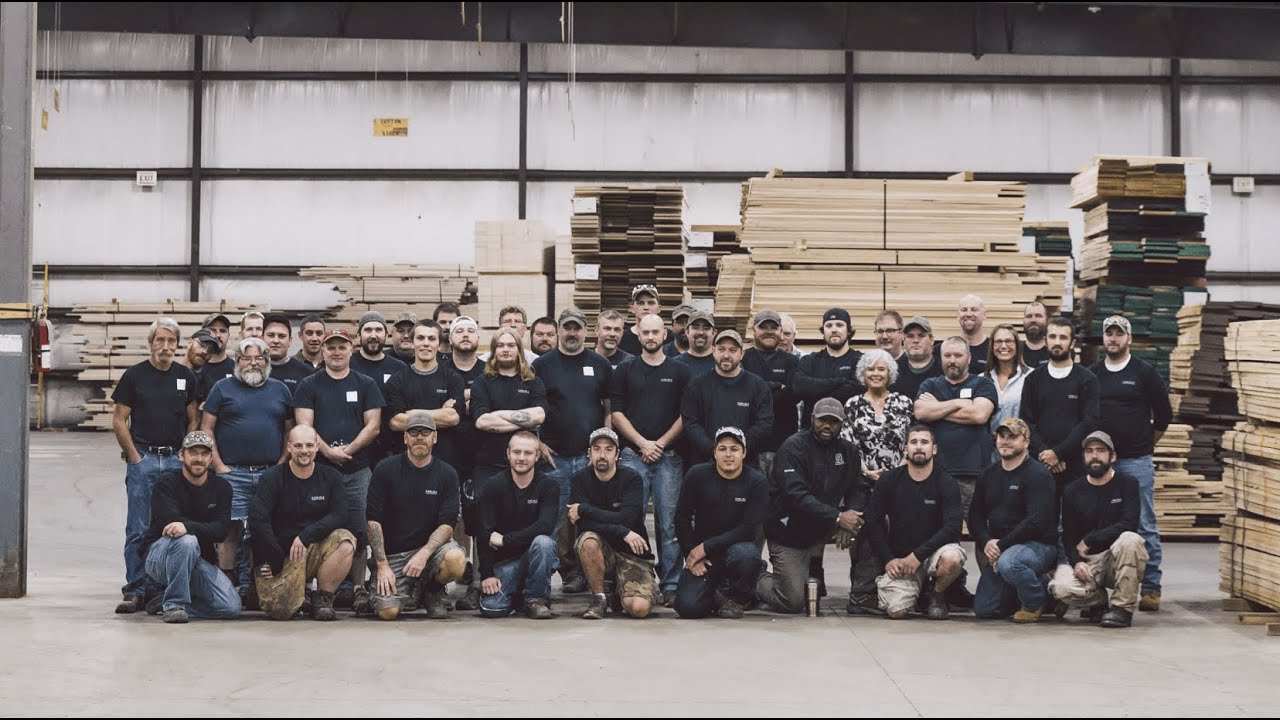Luxury developers often focus on kitchens, bathrooms and amenities when planning an upscale residential project. Yet there’s one design element that literally touches every room and has a profound impact on how buyers perceive quality: the floor. Flooring covers more surface area than any other finish and sets the tone for the entire interior. Well‑chosen floors can elevate a project from good to truly exceptional. In luxury residential development, selecting the right flooring is not a mere afterthought, it is central to the buyer’s perception of comfort and craftsmanship.
Why is wide plank wood flooring essential for luxury residential developments?
When planning a high‑end project, developers should ask themselves why flooring matters so much. Wide planks create an uninterrupted visual flow, emphasize the natural beauty of wood and signal craftsmanship. Choosing wood flooring with generous width makes spaces feel larger and more cohesive, and the durability of wide planks ensures long‑term value. By investing in commercial wide plank hardwood flooring, a developer distinguishes their project from builder‑grade finishes, creating a lasting first impression that attracts discerning buyers. In short, thoughtfully designed floors anchor luxury interiors and can elevate the entire perception of the home.
Flooring and Perceived Value
When potential buyers walk through a new residence, they immediately notice what’s underfoot. Cold tile or builder‑grade materials can make a home feel unfinished, while rich wood floors instantly create warmth and refinement. Real‑estate professionals consistently rank wood flooring among the most desirable features for homeowners. Hardwood floors are durable, versatile and easy to maintain. In many markets they help homes sell faster and often at higher prices because buyers equate quality flooring with overall quality construction.
Hardwood also tends to deliver strong returns compared to other upgrades. Large remodels like kitchen overhauls and additions may not recoup their cost, but wood floors frequently do. One reason is that unlike temporary trends, natural wood never goes out of style. It ages gracefully, can be refinished to look like new and appeals to nearly every taste—from traditional to contemporary. Carpeting and low‑grade laminates, by contrast, have shorter lifespans and can even deter buyers concerned about cleanliness or allergens.
The Allure of Wide Plank Floors

In recent years, wide plank hardwood floors have become the hallmark of luxury. Instead of the narrow strips common in older homes, designers now favor boards at least seven inches wide, and sometimes up to a foot wide, with lengths of ten to sixteen feet. Fewer seams give the eye a long, uninterrupted view across a room, creating an impression of spaciousness. Wide planks also showcase the wood’s grain and texture, turning each board into a unique piece of art.
Interior designers often point out that narrow boards can look busy or dated, whereas wider planks feel cleaner and more modern. They complement open floor plans and high ceilings by enhancing the sense of scale. Homebuyers love the seamless look and the way wide planks make a space feel expansive. Developers have taken notice; in many high‑end markets, wide planks are now the go‑to specification for flooring.
Customization and Craftsmanship
Part of the appeal of wide plank floors is the ability to customize. Developers and homeowners can choose from a variety of wood species—oak, walnut, maple, hickory—each with its own character. Stain colors range from pale Scandinavian tones to deep espresso, and finishes can be wire‑brushed, hand‑scraped, or matte to add texture. Patterns like herringbone and chevron have seen a strong resurgence in luxury residential and commercial design over the past 10–15 years, and when crafted with wide planks, these patterns become a signature design feature.
High‑quality flooring providers will mill boards to order, allowing for truly bespoke installations. This level of craftsmanship distinguishes a luxury property from more generic developments and gives buyers the ability to make their home feel unique. Custom floors become conversation pieces rather than just background surfaces.
Durability and Stability

Luxury properties must withstand daily life without showing wear. Hardwood flooring excels here. Properly installed and maintained, solid or engineered wood floors can last for generations. They can be refinished multiple times, so future owners can change the color or refresh the surface without replacing the boards. Engineered wood, which combines a real wood veneer with a stable core, offers additional resistance to expansion and contraction caused by humidity. This makes it suitable even in kitchens, basements and areas with fluctuating temperatures.
Maintenance is straightforward. Routine sweeping and occasional mopping keep wood floors looking their best. A new coat of finish every few years protects the surface, and a complete sanding may only be needed once a decade or more. Unlike carpet, wood does not harbor dust mites, pet dander or pollen, making it a healthier choice for those sensitive to allergens. Wood floors also avoid off‑gassing of volatile organic compounds common in some synthetic materials.
Cost Considerations
High‑quality hardwood floors represent a meaningful investment, especially when choosing wide planks or exotic species. Costs per square foot can be significantly higher than narrower boards or alternatives like vinyl. However, when viewed over the lifespan of the home, the initial expense can be offset by durability, lower maintenance, and increased resale value. Many developers find that buyers are willing to pay a premium for beautiful floors, and the floors themselves often contribute to a higher selling price.
Choosing timeless colors and finishes is key. Natural and warm wood tones are currently favored because they work with a variety of design styles. Trends like grey flooring, while popular in recent years, are starting to fade as homeowners gravitate toward warmer, more natural hues. Selecting species and colors that will age gracefully ensures that the flooring will still look current in decades to come.
Sustainability and Ethical Sourcing

Modern buyers are increasingly concerned about the environmental impact of their home’s materials. Wood flooring can be an eco‑friendly choice when sourced responsibly. Wood is a renewable resource; trees absorb carbon dioxide as they grow and continue to store carbon when milled into flooring. When choosing a wide plank flooring provider, prioritize companies with a strong reputation for sourcing high-quality materials through trusted relationships with domestic sawyers and mills.
This ensures not only greater consistency in grading and grain but also supports responsible forestry practices. Look for manufacturers who follow rigorous quality standards, such as those certified by the National Oak Flooring Manufacturers Association (NOFMA), which upholds benchmarks for milling precision, moisture control, and durability. Working with a well-established supplier adds confidence to your investment—especially for buyers who value craftsmanship, provenance, and performance.
Health and Wellness Benefits
Beyond aesthetics and sustainability, wood floors contribute positively to indoor air quality. They do not trap allergens like carpet and do not harbor microorganisms or pesticides that can be tracked in from outdoors. Regular cleaning removes dust and pet hair rather than allowing them to accumulate. In an era when wellness is a top priority, the health benefits of wood flooring are an important selling point.
Commercial Applications and Mixed‑Use Developments
The influence of luxury residential design is also seen in commercial interiors. Designers are specifying warm wood floors for offices, hotel lobbies and retail spaces to create a welcoming, sophisticated atmosphere. Natural tones like honey oak and rich walnut pair well with neutral color palettes and convey comfort. Textured finishes such as wire‑brushed or hand‑scraped boards add character and can hide minor wear marks without sacrificing elegance.
For mixed‑use developments that include amenities like lounges, co‑working areas or fitness centers, using high‑quality wood floors ties private and public spaces together. Specifying custom wood floors for commercial buildings ensures that high‑traffic amenity areas maintain the same level of luxury and durability as private residences. This approach provides continuity throughout the building and reinforces a cohesive brand identity. Engineered wood products designed for commercial use offer the durability needed for high‑traffic areas while maintaining the upscale look of luxury residences.
Choosing the Right Flooring Partner
Selecting the right manufacturer is as important as selecting the right material. Look for companies that specialize in wide‑plank flooring and offer extensive customization options. A quality provider will use responsibly harvested timber, mill boards to order, and apply hand‑finished stains and textures to achieve the desired aesthetic. They should also be able to produce boards in lengths and widths that create the seamless, expansive look today’s buyers love.
Carlisle
Carlisle is known for crafting ultra‑luxurious, custom hardwood floors for both high‑end homes and commercial buildings across the United States. The company mills planks up to 12 inches wide and up to 16 feet long, allowing for expansive installations that feel uninterrupted. Customers can select from a wide range of species, colors and finishes, working with artisans who hand‑select each board for character and grain. The company’s portfolio includes commercial wide plank hardwood flooring giving designers consistent aesthetics across residential and shared spaces. The result is a one‑of‑a‑kind floor tailored to the project’s design vision.
Final Thoughts
Luxury residential developments demand finishes that support the overall vision of quality and beauty. Flooring is the literal foundation of that experience. Wide‑plank hardwood floors offer an unmatched combination of elegance, durability and versatility. They can be tailored to any architectural style, improve indoor air quality, and deliver lasting value to developers and homeowners alike. By choosing responsibly sourced, premium wood floors—and partnering with a manufacturer that understands the nuances of custom flooring—developers can create residences that feel timeless, elevate the brand of the entire project and stand out in a competitive market.